Mid-Atlantic Exploration: Exploring Ascension and St. Helena Islands
Since we left Senegal, we have spent twice as much time at sea as on land as we trek south toward Cape Town, visiting two remote islands positioned about halfway between Brazil and Africa. Ascension and St. Helena Islands are both British Overseas Territories and definitely are among the most unusual communities we have visited. Oddly, we have been here before and were among the few return visitors aboard.
On Ascension, we were again astonished by the number of antennae (I’m confident there are more antennae than people) and high-security sites, including a runway at the American Air Force Base here, which was built to be large enough to land the space shuttle if necessary. There are no residents of Ascension – only some 800 contractors (mostly scientists) are allowed to live here outside of the American and British Air Force bases. Those who do live here often have several jobs – constable, clerk of courts, amateur historian, and so forth. Visitors must have a visa.
The landscape of the place is foreboding – virtually the entire island is lava — some red ash, some black stone — but all dusty and virtually treeless. Even the golf course (which proudly claims to be the worst in the world) is nearly grass-free. There are some quite interesting animals here, though — land crabs that grow very large, sea turtles born here who come back from Brazil every 2-3 years to lay their eggs and several varieties of birds, including a sizable rookery of sooty terns (see photo below) who proved quite curious.
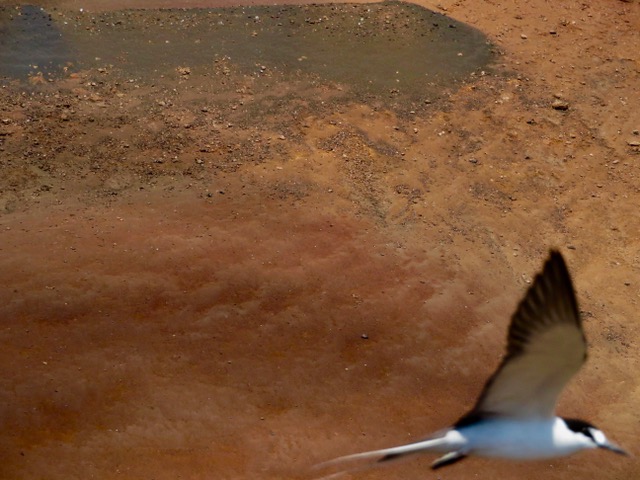
Then, surprise! At the top of the highest peak — aptly named Green Mountain – is a virtual forest of introduced trees of many varieties — a shady respite from the heat and dust — where scientists are cultivating endemic plants that were considered extinct just a few years ago. The view was also impressive.
We had some more sea days before reaching St. Helena, best known for being the final exile of Napoleon. Although on approach it appears to be equally foreboding, it is, in actuality, a friendly place with varying diversions.
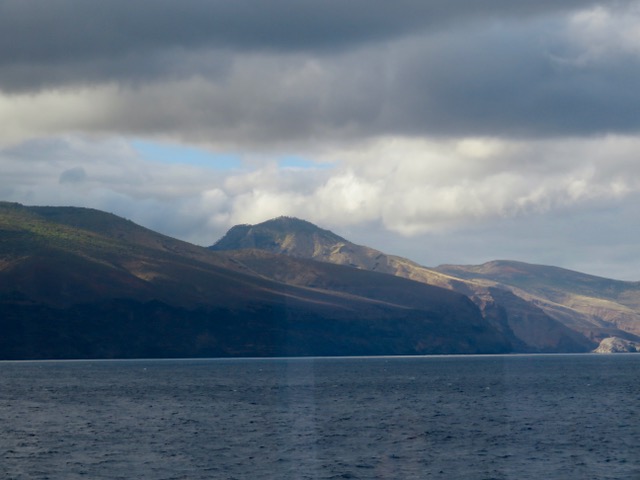
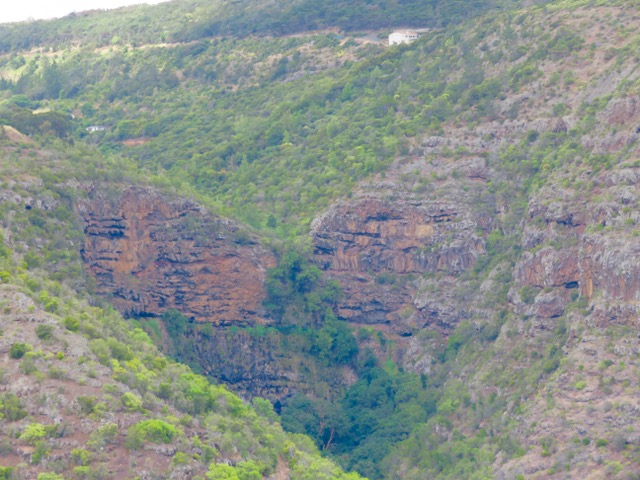 Above is a heart-shaped waterfall, which is about 300’ tall, a lovely sight even though the cascading water was missing.
Above is a heart-shaped waterfall, which is about 300’ tall, a lovely sight even though the cascading water was missing.
The golf course here is appreciably more green and playable – and also put on a very good show of endemic wire birds, of which less than 300-500 are said to remain. Napoleon’s Longwood House, set among agapanthus as tall as I am, was filled with interesting historical memorabilia and art, and the Governor’s residence, called Plantation House, is the proud home of a tennis court and two Aldabra giant land tortoises, Jonathan and David. Jonathan is said to be 182 years old.
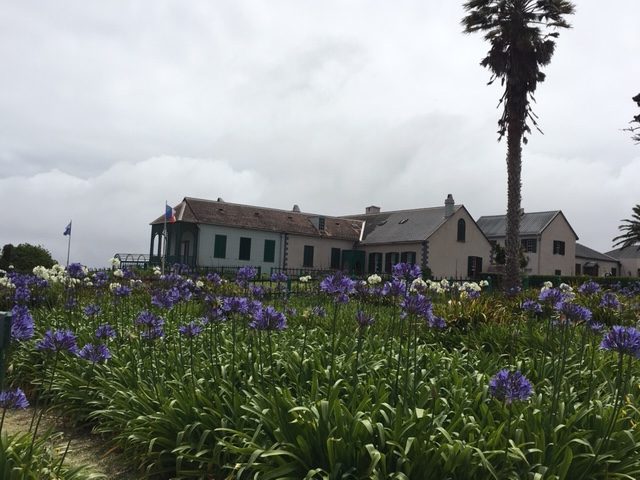
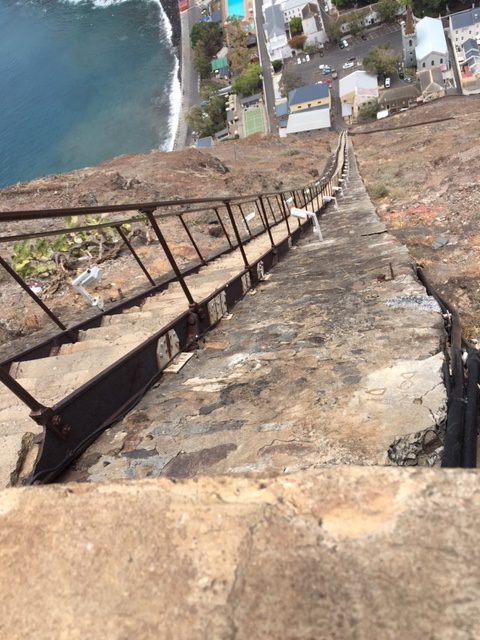 Jacob’s Ladder – a dizzying set of 699 steps – proved a challenge even to the fittest, although apparently one of our young residents completed the task in under 10 minutes.
Jacob’s Ladder – a dizzying set of 699 steps – proved a challenge even to the fittest, although apparently one of our young residents completed the task in under 10 minutes.
We spent part of an evening with island officials, including the acting governor, the senior administrator, the chief economist and the director of finance and learned that the island relies on a subsidy from the UK of about $30 million annually, but they yearn for self-sustainability. The population of 4,000 or so call themselves “Saints.” It is hard to imagine living in a society so isolated that the progress of the weekly flight from Johannesburg is reported on the radio, but the Saints seem to love their life and don’t wish to live anywhere else.
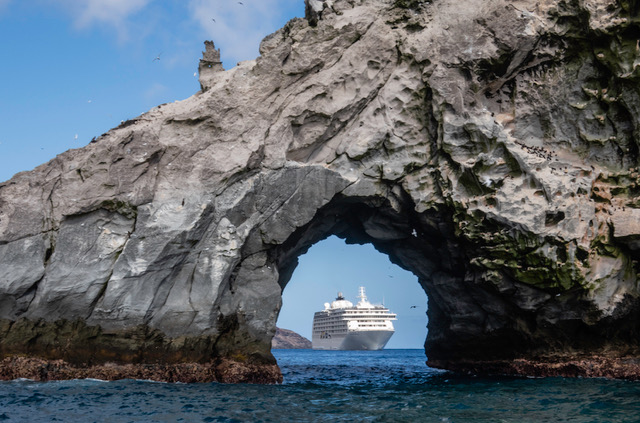 Wrapping up this travel-log is a flat-out gorgeous shot of the Ship off Boatswain Bird Island in Ascension (courtesy of fellow resident).
Wrapping up this travel-log is a flat-out gorgeous shot of the Ship off Boatswain Bird Island in Ascension (courtesy of fellow resident).
Ready to learn more?
Determine whether life aboard The World is the right fit for you. Talk to one of our Residential Advisors today to learn more about this unique lifestyle, details of upcoming Journeys and Expeditions, and ownership opportunities.



